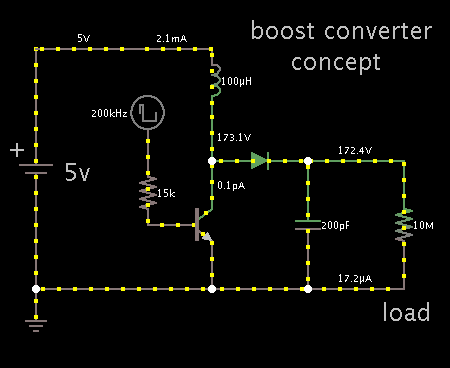madhu.b
Member level 3

Hello,
1. Why the output current is 180 degrees phase shift of input current of the chock inductor (i.e: which is near to input)?
Here, I have attached the circuit and waveforms.
https://obrazki.elektroda.pl/2864401200_1364395321.jpg
https://obrazki.elektroda.pl/4602646200_1364395322.jpg
1. Why the output current is 180 degrees phase shift of input current of the chock inductor (i.e: which is near to input)?
Here, I have attached the circuit and waveforms.
https://obrazki.elektroda.pl/2864401200_1364395321.jpg
https://obrazki.elektroda.pl/4602646200_1364395322.jpg
Last edited:

